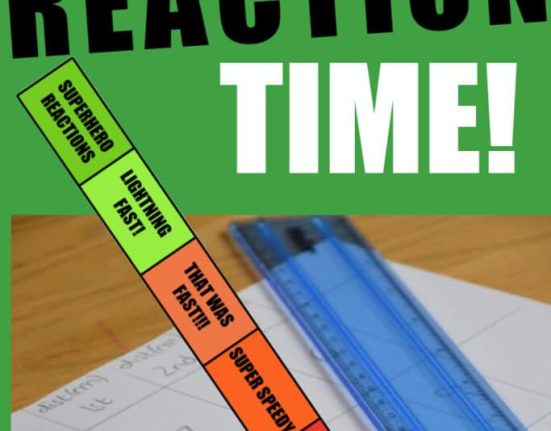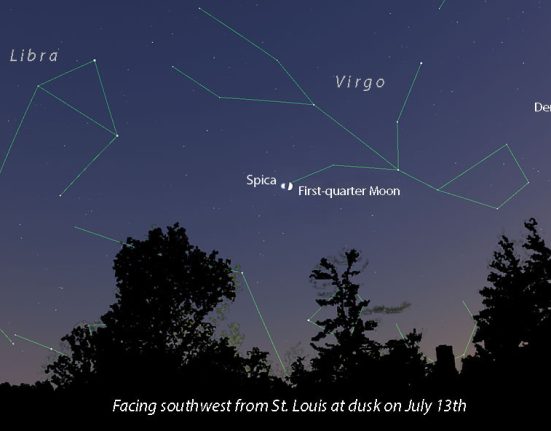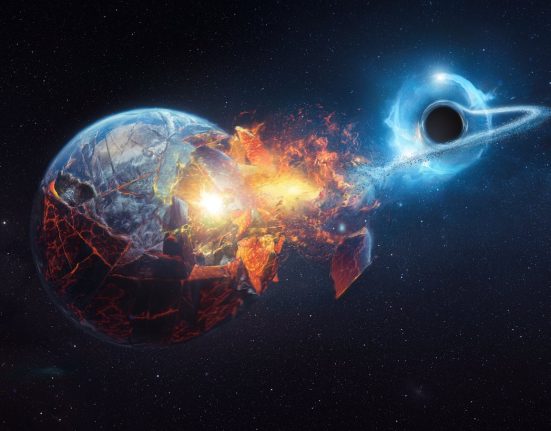
Ongoing analysis of a helium leak on Boeing's Starliner spacecraft forced NASA and Boeing to further delay the Crew Flight Test mission.
A blog post, published Friday afternoon, announced a new planned launch date for Starliner CFT with NASA astronauts Butch Wilmore and Suni Williams no earlier than Saturday, May 25 at 3:09 p.m. EDT (1909 UTC ).
The spacecraft will launch atop a United Launch Alliance Atlas 5 rocket to dock with the International Space Station for a stay of about eight days before returning to Earth.
Ahead of a launch attempt on May 6, a leak was detected in the pressurization system that allows fuel and oxidizer in the Starliner Service Module (SM) to flow properly to its designated boosters when needed. The SM has 28 reaction control system (RCS) thrusters and 20 orbital maneuvering and attitude control (OMAC) thrusters.
The helium leak was connected to a single RCS booster and was determined to be within flight limits on May 6.
However, during the countdown, a pressure relief valve on the Centaur upper stage of the Atlas 5 rocket was malfunctioning and the mission was canceled about two hours before liftoff. The rocket was returned to ULA's Vertical Integration Facility (VIF), where the valve was replaced, tested and cleared for flight.
While inside the VIF, Boeing decided to further study and test the helium leak to provide greater assurance that it would not affect the mission.
Teams brought the spacecraft up to flight pressure on May 15 and determined that “the flange (helium) leak is stable and would not pose a risk at that level during flight,” NASA and Boeing said in a statement. joint blog post.
The update also noted that “testing also indicated that the remainder of the propulsion system is effectively sealed throughout the service module.”
The helium is pressurized to a certain level during the pre-launch period, as well as during the rocket's ascent in case the boosters and launch abort engines were necessary for an abort and rapid escape of the astronauts.
Once the spacecraft reaches orbit, it will intentionally eject some of the helium.
While this week's testing had some positive signs, Boeing and NASA decided to take more time for Boeing to “develop operating procedures to ensure the system retains sufficient performance capability and appropriate redundancy during flight.”
“As that work progresses, NASA's Commercial Crew Program and the International Space Station Program will take the next few days to review the data and procedures to make a final determination before proceeding to the flight countdown.” , states the blog.
Spaceflight Now reached out to NASA and Boeing for an interview about the update. A NASA spokesperson said there was no briefing planned until the standard pre-launch briefing later next week. Meanwhile, a Boeing spokesperson declined an interview, although a representative will presumably participate in the upcoming briefing. NASA did not respond to interview requests.
After the May 6 launch, and while this work continues, Wilmore and Williams flew back to Houston, Texas, to be with their families and continue training for the mission. They must return to Florida “closer to the new launch date.”
The Starliner spacecraft was selected along with SpaceX's Crew Dragon capsule to become the two vehicles that NASA would use to transport its astronauts to and from the ISS. Boeing and SpaceX received $4.2 billion and $2.6 billion respectively for development work and the first six operational missions.
SpaceX launched its uncrewed demonstration mission in 2019 and the two-crew Demo-2 flight in May 2020. To date, Dragon has carried 53 people on 13 missions, four of which were non-government private flights.
Boeing's 2019 orbital flight test had multiple problems, including a software issue that prevented it from docking safely with the ISS. The second orbital test flight (OFT-2) was delayed by a year due to a corrosion problem in some of the propulsion system valves.
Teams were optimistic about launching the CFT mission in 2023, but the mission was delayed until 2024 while they resolved questions about the parachute's soft links and mitigated or removed about a mile of flammable tape inside the spacecraft.













Leave feedback about this